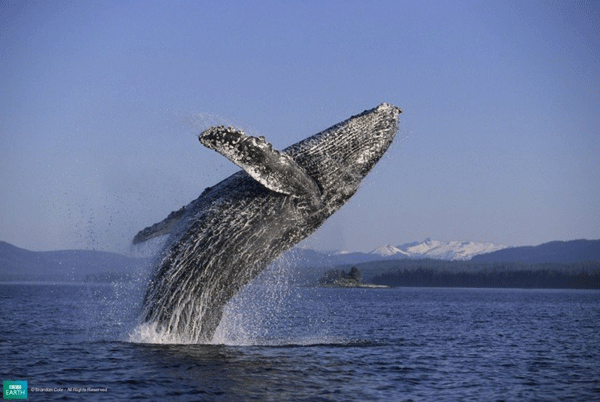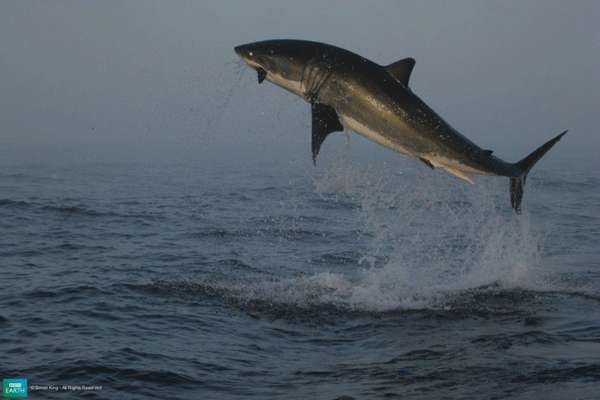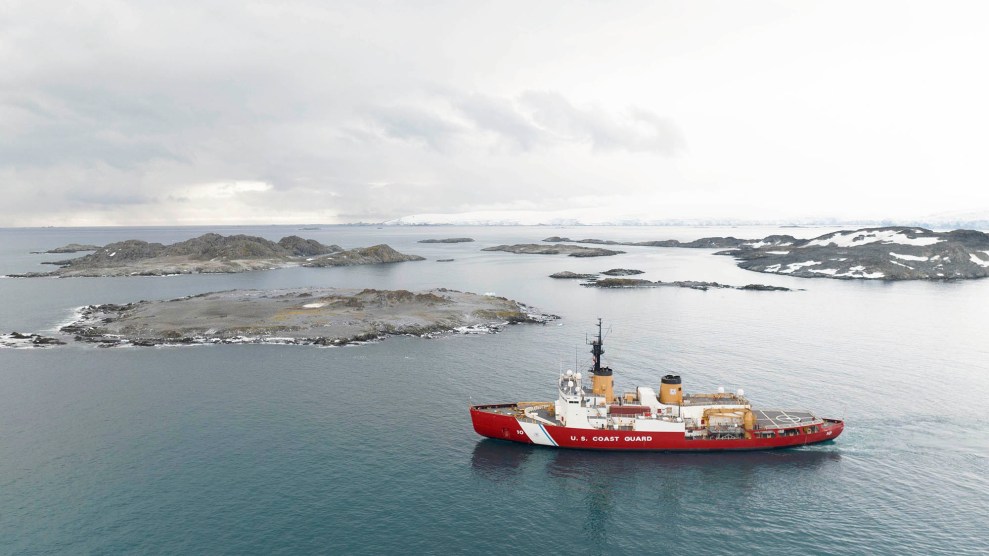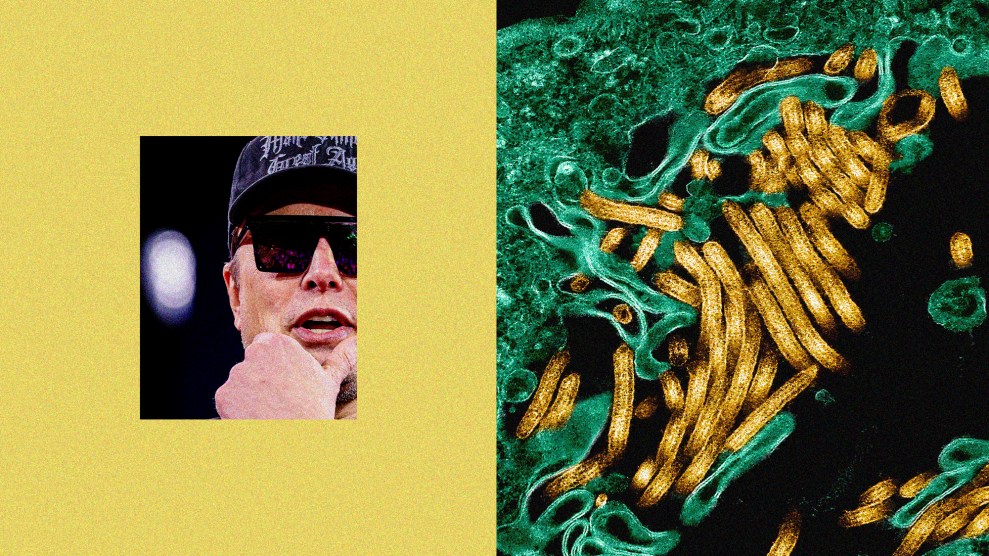This post courtesy BBC Earth. For more wildlife news, find BBC Earth on Facebook and Posterous.
Passive Cooling—An office building inspired by termite mounds
The humble termite may still pose a threat to wooden buildings, but in Africa their home has inspired a new, green, and efficient form of building.
Termites live in termitaria—towering nests commonly called ‘anthills’. The ability of termites to control the temperature in these mounds has led to the building of one of the most green examples of architecture in the world.
The Eastgate Centre in Harare, Zimbabwe has no conventional air conditioning or heating but temperature is controlled year round using techniques from the termites.
Inside the mounds termites farm a fungus, which is their primary source of food, and it must be kept at 87 degrees Farenheit while the temperature outside can range from 35 degrees at night to 105 during the day.
Amazingly, the termites manage to do this by constantly opening and closing heating and cooling vents in the mound over the course of a day. The termites do this constantly to keep their temperature regulated.
The mainly concrete Eastgate Centre works in a similar way. Outside air that is drawn in is either warmed or cooled by the building mass. It is then vented into the building’s floors and offices before exiting via chimneys at the top.
Eastgate uses less than 10 per cent of the energy of a normal building of its size, and the owners have saved $3.5 million just because they didn’t have to install air conditioning. It also means the tenants pay rent that’s 20 per cent lower than in neighboring buildings. All thanks to the termite.
Humpback whale-inspired hydroelectric turbines

In the search for more renewable sources of energy, scientists have turned to one of nature’s most wonderful creatures for ideas.
The humpback whale’s amazing agility is down to its slightly odd flippers. The unusual bumps on the leading edge of the whale’s flippers give it incredible maneuverability for an animal so big.
Scientists over at WhalePower realized the potential of this oddity in a number of different technologies and have applied bumps to hydroelectric turbines, ventilation fans, irrigation pumps, and wind turbines.
The gains in efficiency are massive. Compared to smooth fins, the bumpy humpback’s fins have 32 percent less drag and an 8 percent increased lift in their movement through air and water.
The efficiency gains are huge enough, potentially 20 percent, to make the likes of wind power a source of energy fully competitive with alternatives.
Friction-reducing sharkskin
 Michael Phelps owes a debt of gratitude to sharks. The Olympic athlete swam to his record eight gold medals at the Beijing Olympics wearing a revolutionary new swimsuit based on a study of sharkskin.
Michael Phelps owes a debt of gratitude to sharks. The Olympic athlete swam to his record eight gold medals at the Beijing Olympics wearing a revolutionary new swimsuit based on a study of sharkskin.
The suit increases a swimmer’s speed by reducing drag through water by up to 4 percent more than the next swimsuit. Sharkskin is covered in tiny ‘teeth’, varying in shape and positioning, that regulate the flow of water around the body.
Researchers are now developing ‘sharkskin’ coatings for ship’s hulls, submarines, aircraft fuselage, and even swimwear for humans.















